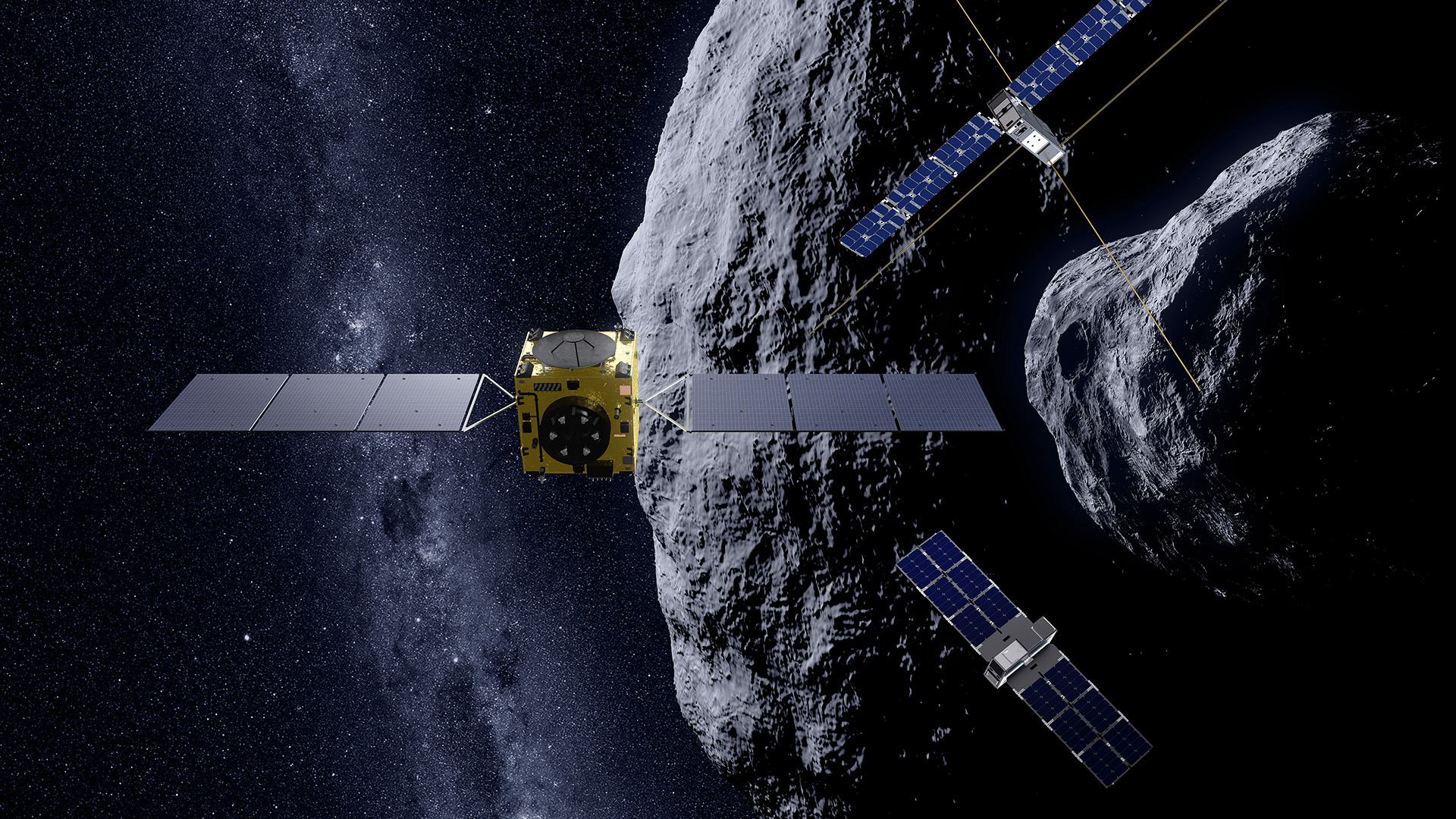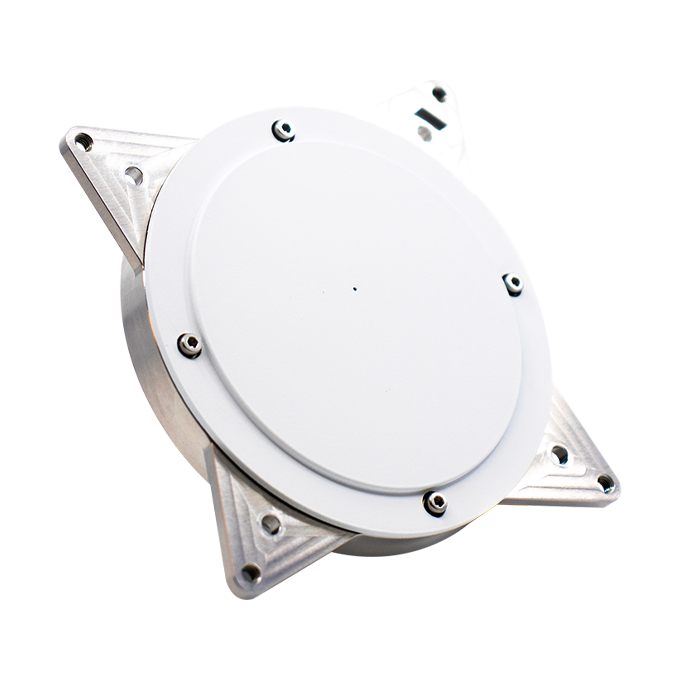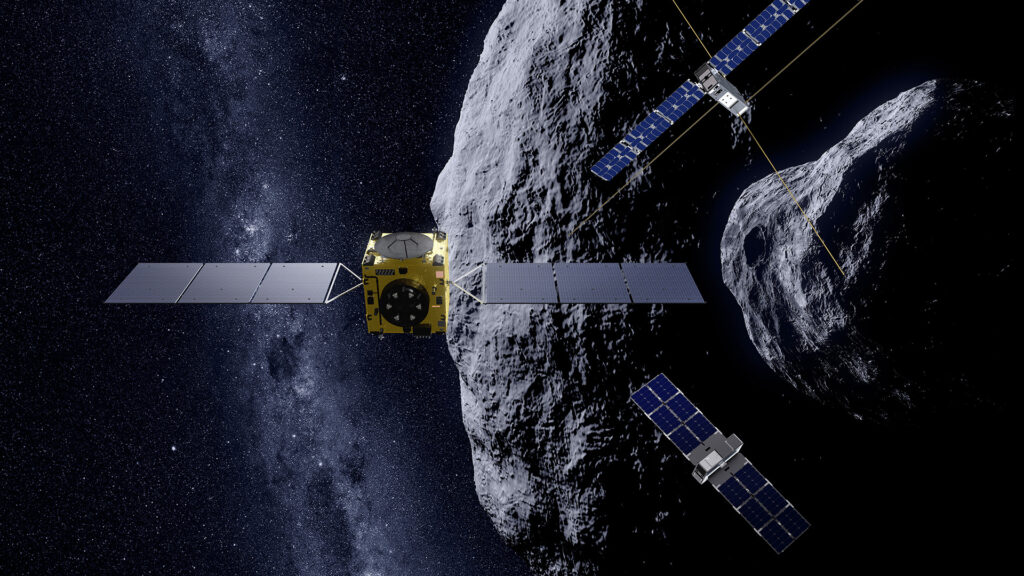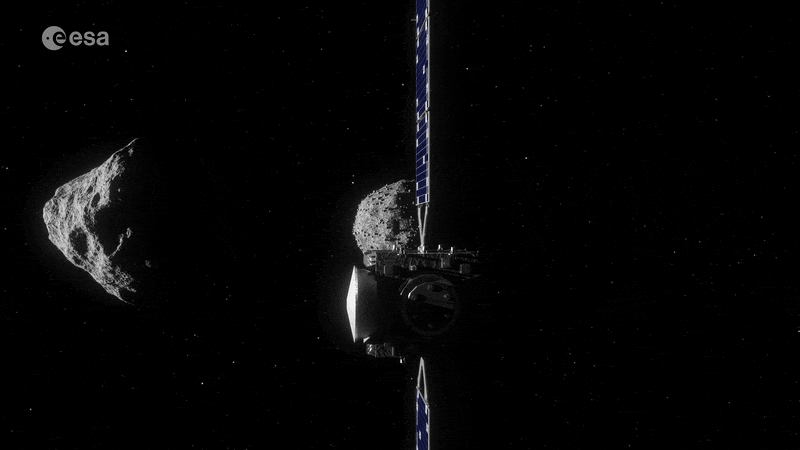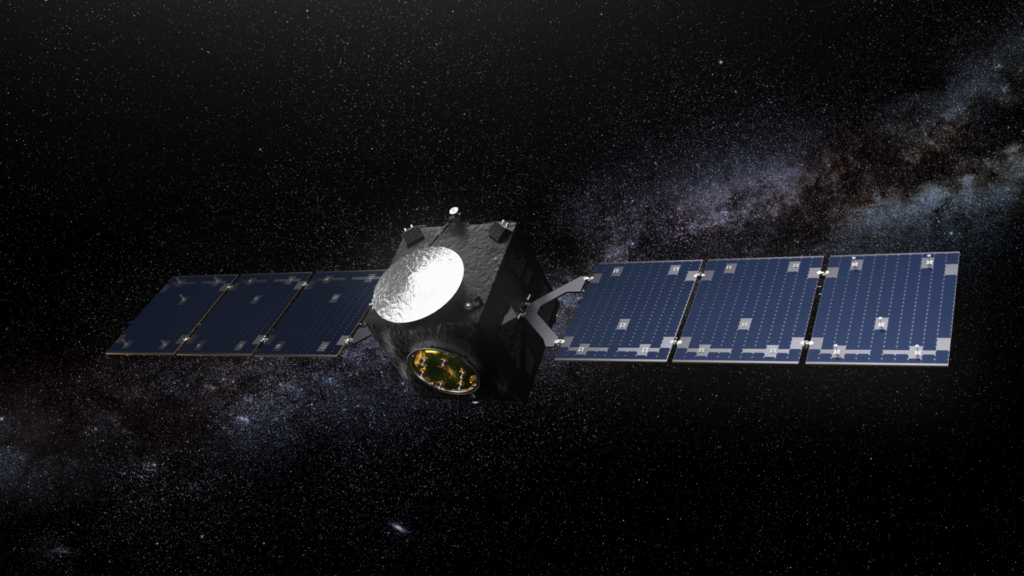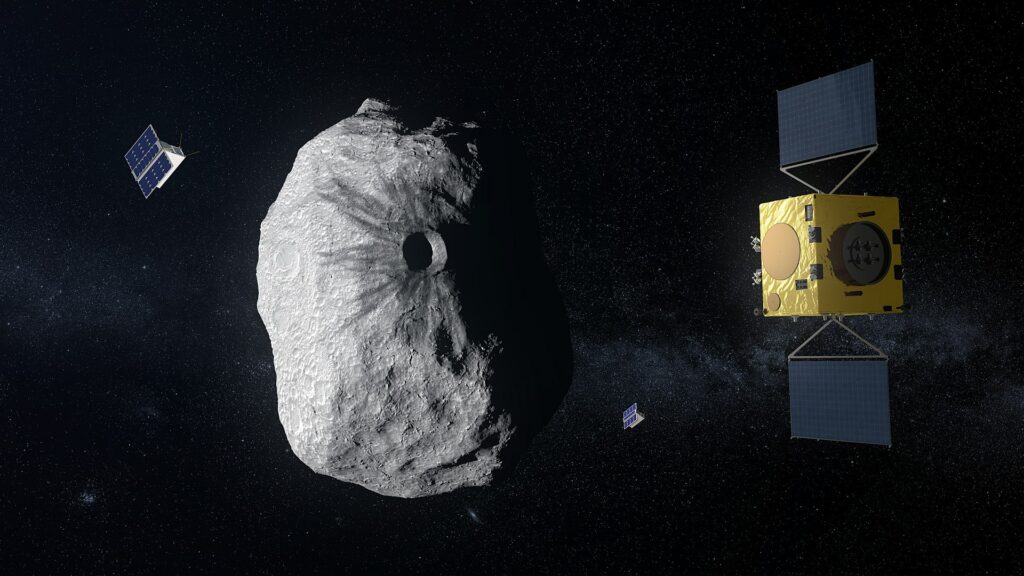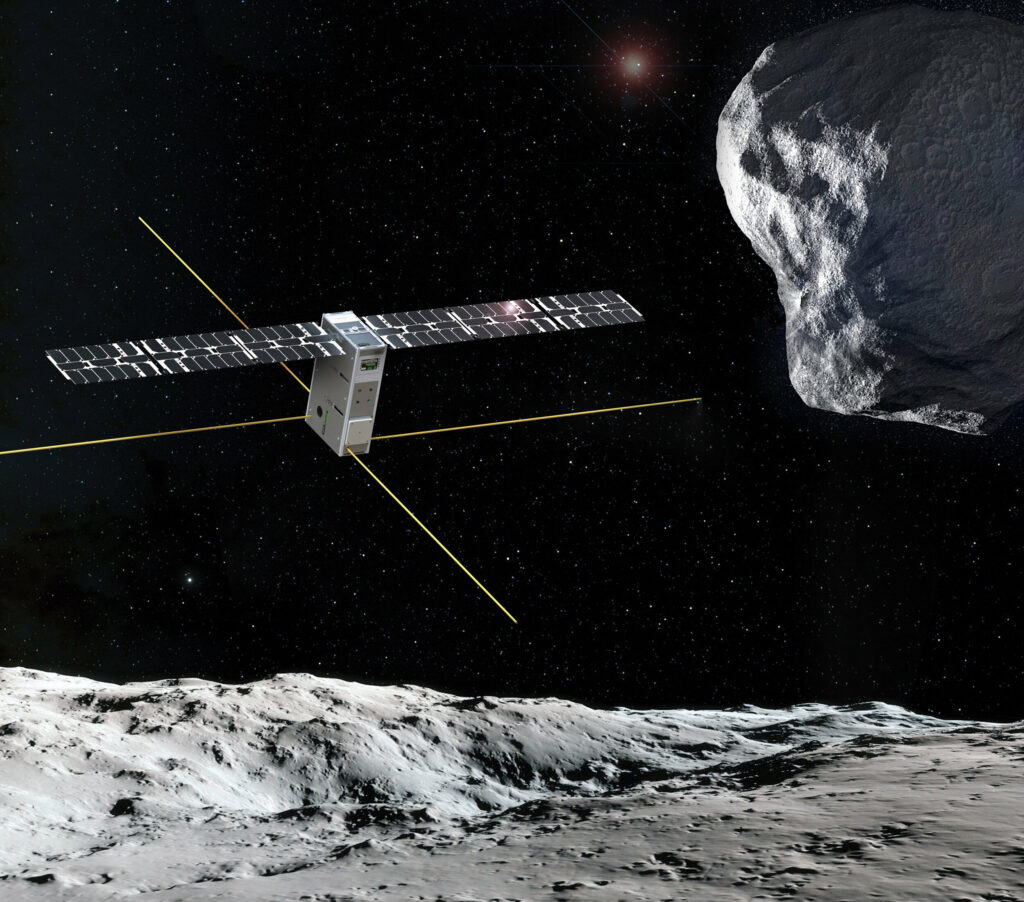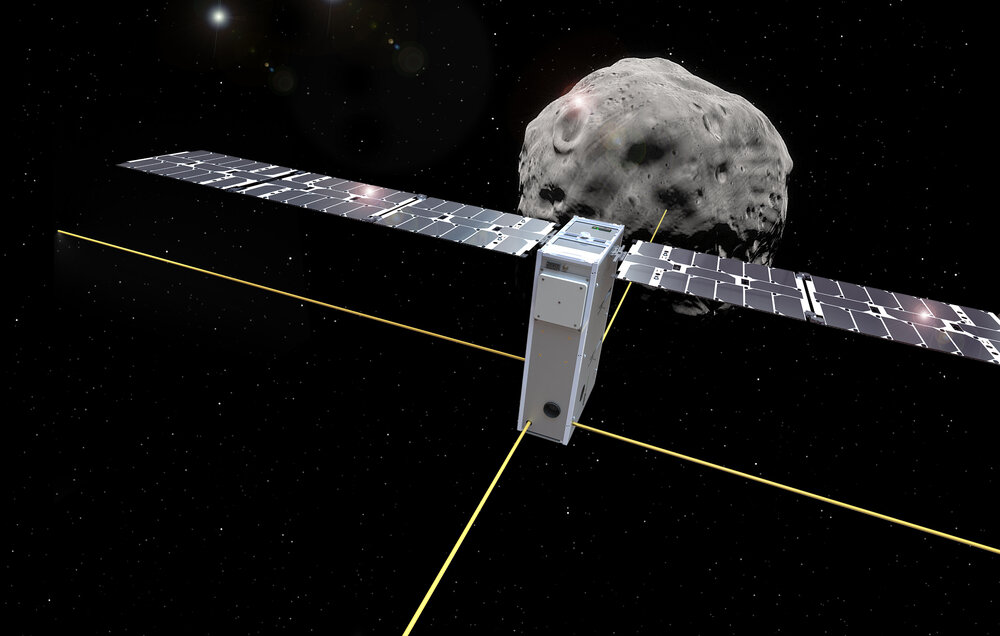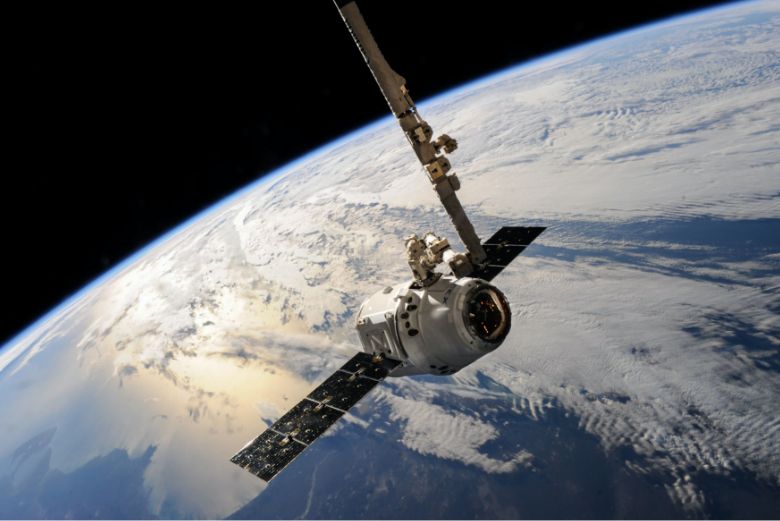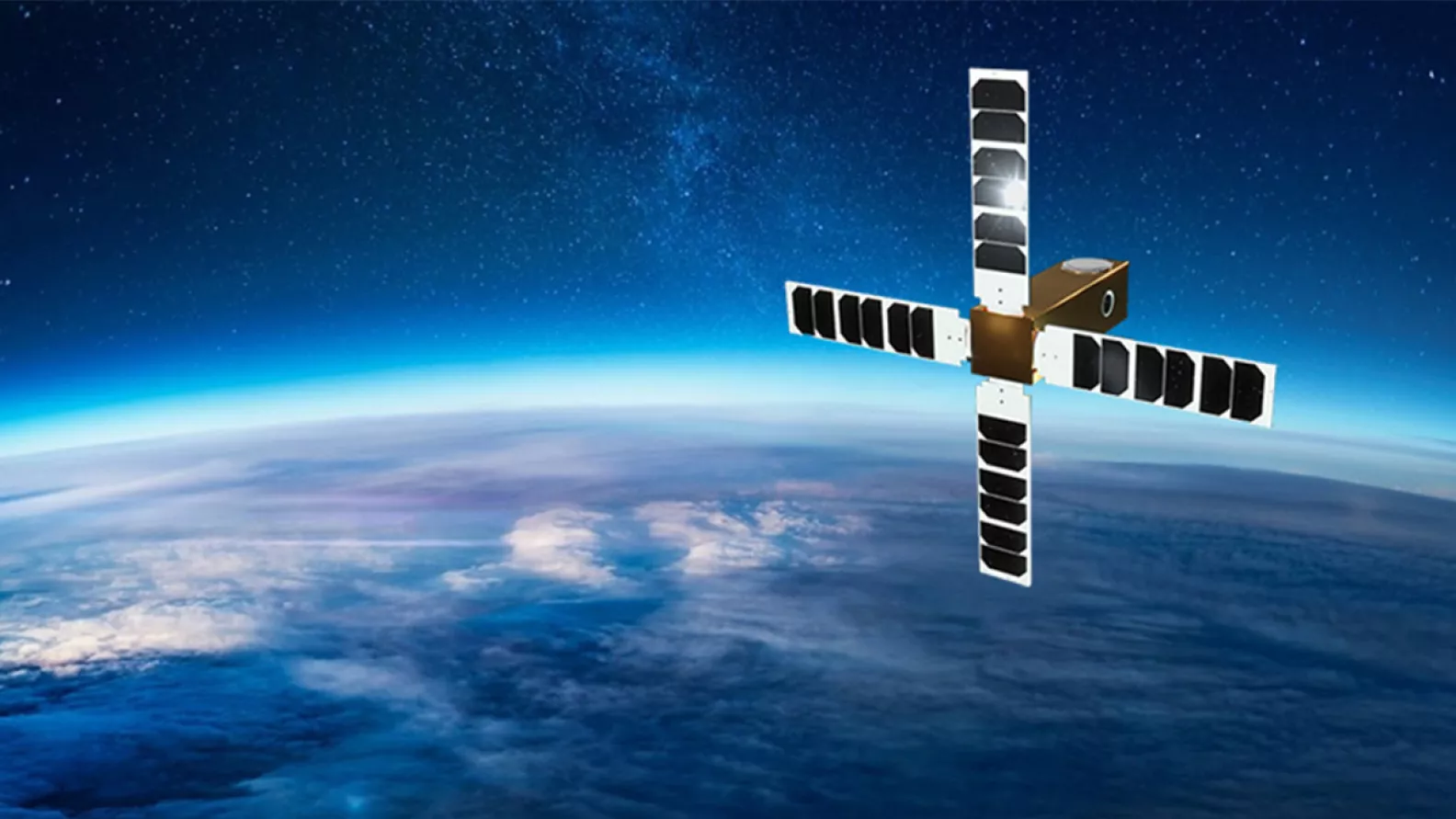Hera Mission for Planetary Defence
The European Space Agency (ESA) is a multinational organization dedicated to space research, exploration, and the development of space technology. As part of its ongoing efforts to advance planetary defence capabilities, ESA leads the Hera mission, which focuses on understanding asteroid behavior and testing asteroid deflection techniques.
